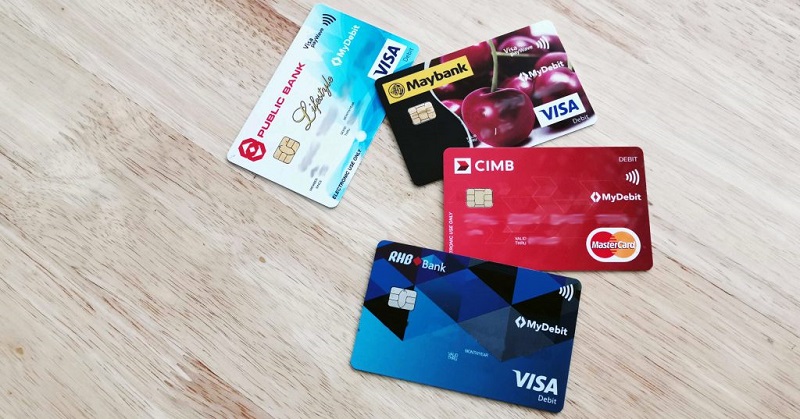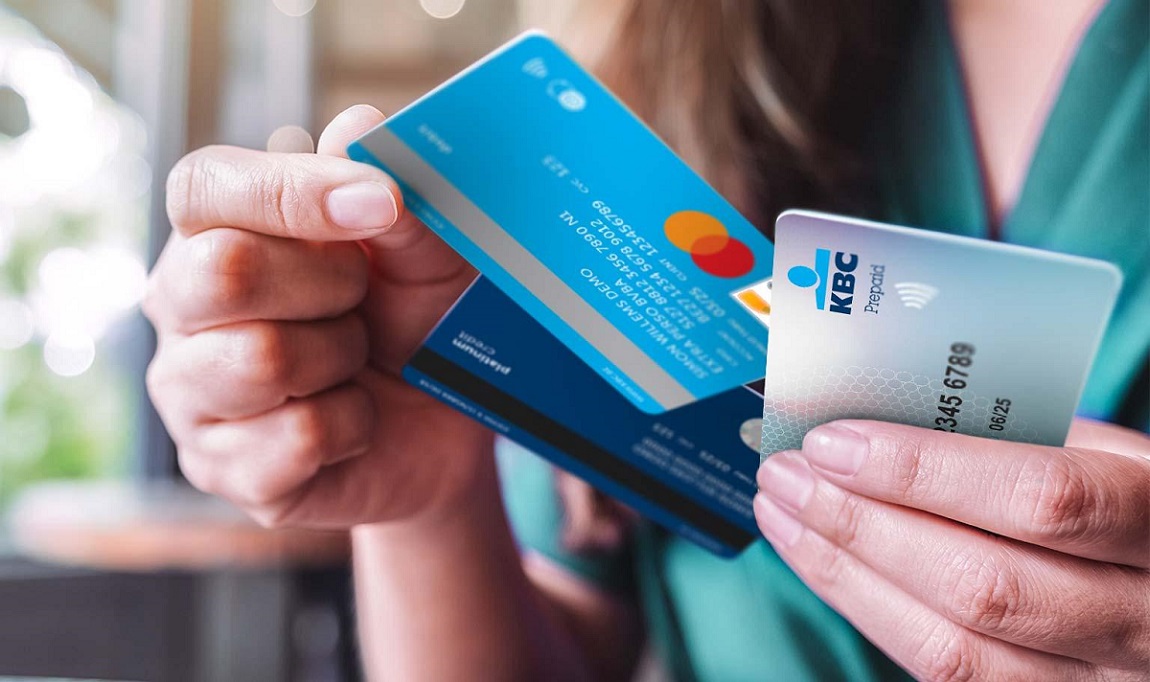Disbursement card have rapidly become the go-to solution for fund disbursements in various sectors, such as payroll, government benefits or corporate expenses. They offer an efficient and straightforward method to manage and access money efficiently. But what exactly are these cards and why have they gained such popularity?

What Is a Disbursement Card?
A disbursement card is a prepaid debit card used by organisations to distribute funds directly to individuals. Unlike traditional bank accounts, however, these cards allow recipients to avoid this requirement and thus make disbursement more accessible for wider use.
The Growing Popularity of Disbursement Cards
Disbursement cards have gained in popularity due to their convenience, security and efficiency; particularly within industries where fast access to funds is paramount.
Types of Disbursement Cards
Prepaid Disbursement Cards
Prepaid disbursement cards can be reloaded with money to serve as debit cards and provide access to funds quickly for one-off transactions or temporary access needs. They’re ideal for one-time payments and temporary access.
Payroll Disbursement Cards
Payroll disbursement cards provide employers with a quick and efficient method for disbursing employee pay, particularly beneficial to those without traditional bank accounts.
Government Benefit Disbursement Cards
Government agencies issue these cards to disburse benefits such as unemployment insurance, social security payments and other welfare programs.
Corporate Disbursement Cards
Corporations utilise these cards to efficiently and cost-effectively cover business expenses, travel costs, and any other financial obligations that arise.
How Disbursement Cards Work
Issuing Disbursement Cards
Organisations partner with financial institutions to issue disbursement cards to recipients. These can be customised according to each organisation’s specific needs and can include various features that make use of disbursement cards more efficient.
Loading Funds on Disbursement Cards
Electronically loaded funds are transferred onto disbursement cards in order to ensure timely distribution. This process can also be automated for improved efficiency.
Utilising Disbursement Cards
Recipients can use disbursement cards just like traditional debit cards to make purchases, withdraw cash from ATMs, and pay their bills.
Benefits of Disbursement Cards
Convenience and Accessible
These cards allow individuals instantaneous access to funds without checks or cash handling an added convenience and accessibility benefit that supports financial inclusion.
Security Features
These cards feature comprehensive security features, including PIN protection and fraud monitoring to reduce theft and misuse.
Cost-Effectiveness
Organisations benefit from using disbursement cards because they reduce printing and mailing expenses while streamlining financial operations.
Flexibility
Recipients can use gift cards in multiple locations including online retailers making them a convenient payment solution.
Potential Drawbacks of Disbursement Cards
Fees and Charges
Some disbursement cards incur fees for activities like ATM withdrawals, balance inquiries and inactivity which can quickly add up over time.
Limited Usage in Certain Locations
While widely accepted, disbursement cards may still not be accepted everywhere which reduces their utility in certain locations.
Dependence on Technology
Because these cards rely heavily on electronic systems, any technical problems or outages could temporarily obstruct access to funds.
Uses for Disbursement Cards
Payroll Distribution
Many businesses rely on disbursement cards as an efficient and quick method for wage distribution, offering reliable wage distribution.
Government Benefits
Government agencies use benefit cards to distribute government benefits quickly and directly. Recipients have immediate access to their funds.
Corporate Expense Management
Many companies issue disbursement cards to employees for managing business expenses, streamlining tracking and reimbursement processes.
Insurance Claim Payments
Insurance companies use disbursement cards to make claims payments quickly and provide policyholders with quick access to their funds.
Choosing the Right Disbursement Card
Assess Your Needs
Assess the specific needs of both your organisation and recipients before selecting the ideal disbursement card. Do they require low fees, or perhaps one with enhanced security features?
Comparing Different Providers
Research several providers until you find one with the most suitable terms and features to suit your needs.
Understanding Terms and Conditions
Carefully review each card’s terms and conditions in order to avoid unexpected fees or limitations.
Security and Fraud Prevention
Key Security Features
Look for cards that include robust security features such as encryption, PIN protection and fraud monitoring to provide maximum protection and to combat potential fraudulent activities.
Tips to Prevent Fraud
It is wise for recipients of credit or debit cards to keep their card information private, monitor transactions regularly and report any suspicious activity as soon as they arise.
What to Do in Case of Fraud
If fraud is suspected, immediately contact the card issuer so they can block your card and investigate further.
The Future of Disbursement Cards
Technological Advancements
Advancements in technology will continue to enhance the functionality and security of disbursement cards.
Increased Adoption in Different Industries
As more organisations recognise their benefits, disbursement cards should become increasingly widespread throughout various industries.
Potential Challenges
While disbursement cards have their advantages, they will face certain hurdles such as regulatory changes and technological upgrades that require constant updates.
Conclusion
My disbursement card provides an efficient and secure means of disbursing funds, whether for payroll, government benefits, or corporate expenses. With proper understanding and selection of an appropriate card, organisations can significantly streamline their financial operations.





